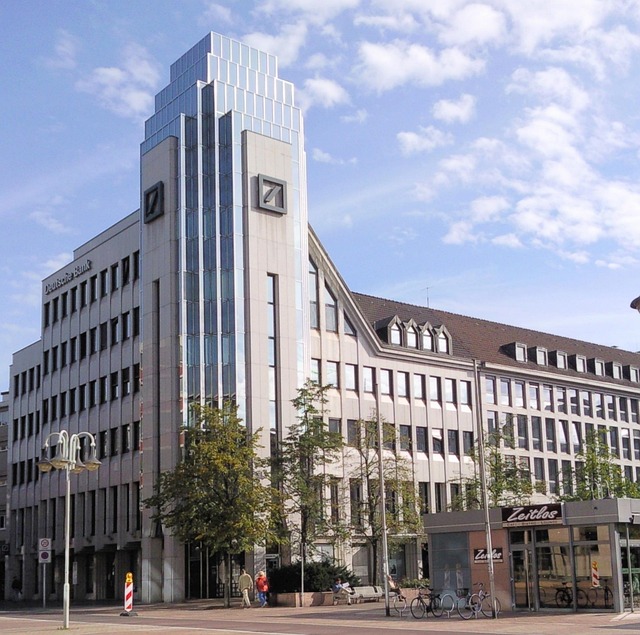Economic downturns reveal contrasting title loan utilization between urban and rural communities. Urban dwellers use short-term loans for unexpected expenses while rural residents turn to them due to limited traditional banking access. "Keep Your Vehicle" programs in rural areas offer a unique solution. Understanding these shifts is crucial for financial institutions and policymakers post-downturn, emphasizing the need to tailor services to diverse needs in title loan urban vs rural usage.
In the aftermath of economic downturns, understanding local financial trends becomes paramount. This article delves into the evolving landscape of title loan utilization, specifically contrasting urban and rural areas. We explore how cities adapt post-recession, focusing on shifting behaviors in loan usage. By analyzing these trends, we gain insights into diverse economic recovery paths, highlighting the distinct financial challenges and strategies within urban and rural communities. Key factors include access to credit, local employment rates, and alternative lending practices.
- Exploring Urban vs Rural Title Loan Trends
- Post-Downturn: How Cities Adapt Financially
- Analyzing Changing Behaviors in Loan Usage
Exploring Urban vs Rural Title Loan Trends

In the wake of economic downturns, understanding how different communities leverage title loans offers valuable insights into financial resilience and challenges. While urban and rural areas face distinct economic realities, trends in title loan usage reveal interesting patterns. Urban dwellers often utilize title loans for short-term cash needs, such as unexpected expenses or bridging pay gaps, with the convenience of direct deposit services playing a significant role in their decision. The availability of diverse repayment options also appeals to urban borrowers seeking flexibility.
In contrast, rural communities might turn to title loans as a more accessible form of credit when traditional banking options are limited. “Keep Your Vehicle” programs, popular in rural areas, allow borrowers to use their vehicles as collateral, ensuring they retain ownership while accessing much-needed funds. This approach reflects the unique circumstances where financial services may be scarce, and individuals require creative solutions to meet urgent financial obligations.
Post-Downturn: How Cities Adapt Financially

As economies rebound from economic downturns, cities face a unique challenge—how to adapt financially while fostering sustainable growth. The post-recession period demands innovative strategies for urban financial management, especially regarding access to credit and liquidity. One interesting trend that has emerged is the shift in title loan usage between urban and rural areas.
In urban settings, the demand for Truck Title Loans has shown a notable increase among residents seeking quick cash solutions. This preference can be attributed to the high cost of living in cities, where individuals might struggle with unexpected expenses or emergency financial needs. Keep Your Vehicle as a concept becomes more appealing in urban environments due to the frequent need for transportation and the desire to maintain vehicle ownership without sacrificing immediate liquidity. Unlike rural areas, where alternative credit options may be limited, urban centers boast diverse financial institutions, potentially offering broader loan eligibility criteria during challenging economic times.
Analyzing Changing Behaviors in Loan Usage

In the aftermath of economic downturns, understanding shifts in loan usage behaviors is vital for financial institutions and policymakers alike. The urban landscape, particularly bustling metropolises like Dallas, offers a unique lens into these trends, especially concerning title loans. A notable divergence emerges when comparing urban and rural title loan usage—a phenomenon worth exploring further. Urban dwellers often turn to title loans as a short-term solution due to the convenience of local lenders and quicker approval processes, such as those offered in Dallas Title Loans services. This accessibility can be a double-edged sword, as it caters to immediate financial needs but may not encourage sustainable borrowing practices.
The title loan process involves assessing a vehicle’s valuation, a key factor influencing borrower decisions. Rural areas might exhibit different patterns due to varying economic conditions and asset ownership rates. While urban borrowers tend to utilize title loans for emergencies or unexpected expenses, rural residents may opt for these loans as a primary source of credit due to limited banking infrastructure and access to traditional loan options. Such insights are crucial in tailoring financial services to meet the diverse needs of borrowers across different regions, ensuring fairness and stability in the post-downturn economic landscape.
In the wake of economic downturns, understanding title loan urban vs rural usage trends is vital for financial institutions and policymakers. The analysis reveals that while both cities and rural areas experience shifts in loan behaviors, urban centers have shown resilience and adaptability, with a notable increase in title loan usage post-recession. This trend underscores the unique financial challenges and opportunities distinct to metropolitan regions. By understanding these dynamics, lenders can tailor services to meet diverse needs, fostering economic recovery and stability across all landscapes.






